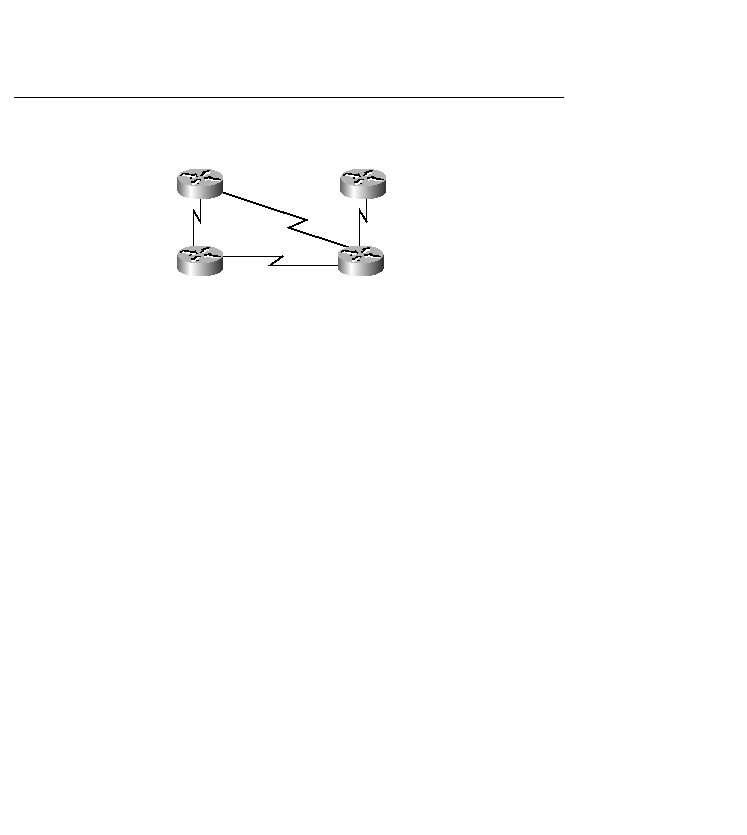
the practical approach to network design. Hierarchical design, which is also referred to as the
multilayered approach, makes operational management, network upgrades, and
troubleshooting more simple. Upgrades are simpler and cost-effective because the hierarchical
design allows for a phased-in approach. In order to upgrade one device in a WAN link from a
full-mesh design, all the other modules must be upgraded at the same time where they mesh.
Therefore, upgrades and changes are required everywhere. Troubleshooting is simpler because
each layer can isolate the problems encountered.
achieve. Other network design approaches can result in a network with lower performance,
reliability, and manageability. With so many features available, and with so many choices and
combinations possible, it is easy to go astray. For example, deploying a Cisco 7206 at the core
working in tandem with a Cisco 4500 at the distribution layer and a Cisco 2500 at the access
layer would offer maximum scalability and performance but would be impractical for a remote
office with 25 users. The CCDP should take a commonsense approach to multilayered network
design that will result in simple, reliable, and manageable networks.